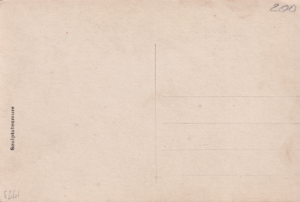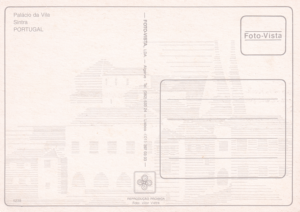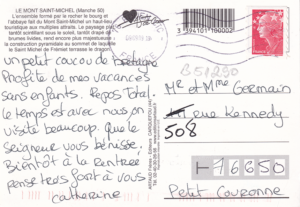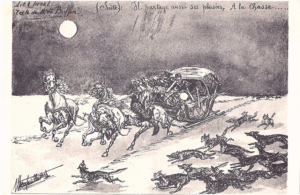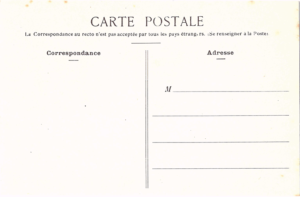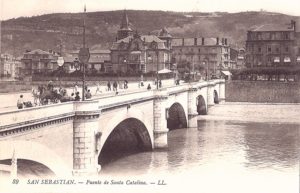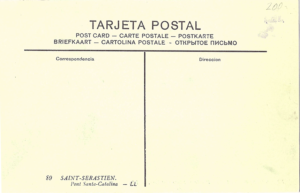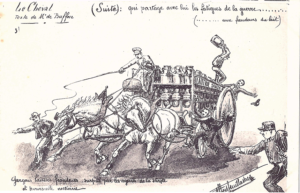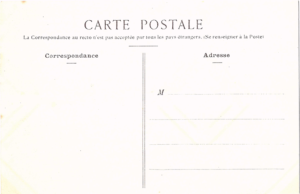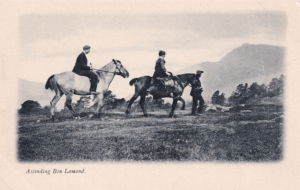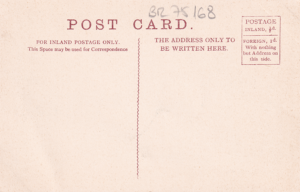“Metropolitan reversal” in the history of Portugal.
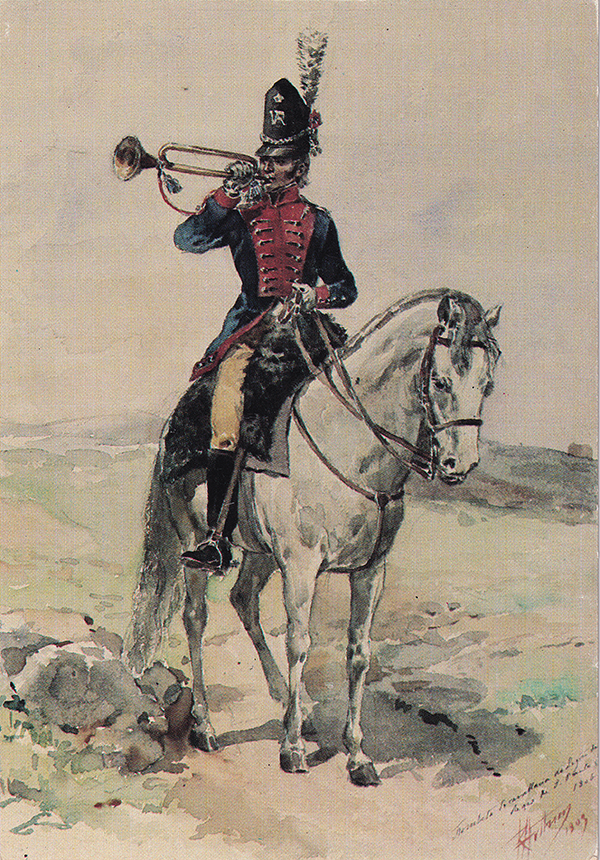
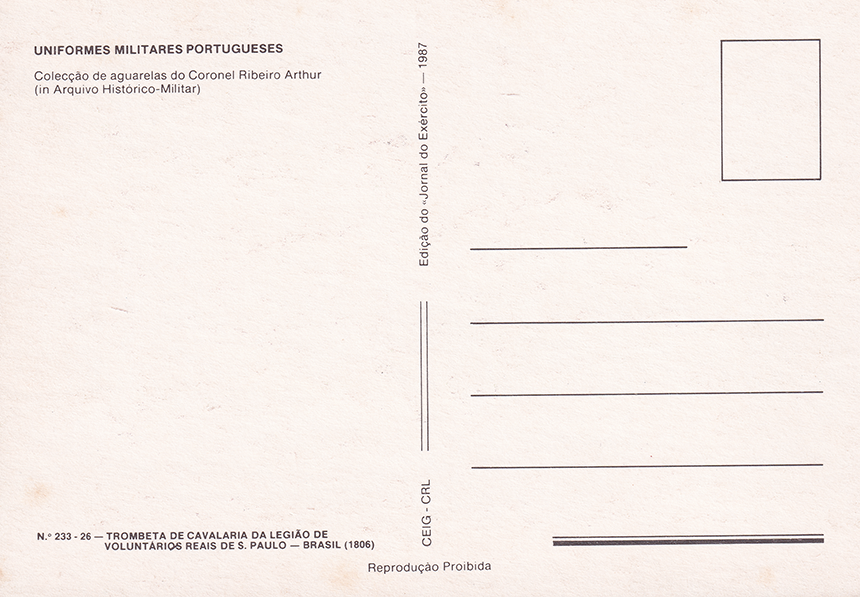
Reverse side of the postcard.
More information
“Metropolitan reversal” in the history of Portugal.
The Portuguese royal court transferred from Lisbon to the Portuguese colony of Brazil in a strategic retreat of Queen Maria I of Portugal, Prince Regent John, the Braganza royal family and its court of nearly 420 people on 27 November 1807. Braganza royal family departed for Brazil just days before Napoleonic forces invaded Lisbon on 1 December. The Portuguese crown remained in Brazil from 1808 until the Liberal Revolution of 1820 led to the return of John VI of Portugal on 26 April 1821.
For thirteen years, Rio de Janeiro, Brazil, functioned as the capital of the Kingdom of Portugal in what some historians call a metropolitan reversal (a colony exercising governance over the entirety of an empire). The period in which the court was located in Rio brought significant changes to the city and its residents, and can be interpreted through several perspectives. It had profound impacts on Brazilian society, economics, infrastructure, and politics. The transfer of the king and the royal court represented the first step toward Brazilian independence, since the king immediately opened the ports of Brazil to foreign shipping and turned the colonial capital into the seat of government.
Object data
Title
“Metropolitan reversal” in the history of Portugal.
Artist
Ribeiro Arthur.
Founder
Ediçao do "Jornal do Exército".
Date
1987.
Culture
Portugal.
Classification
Postcard.


